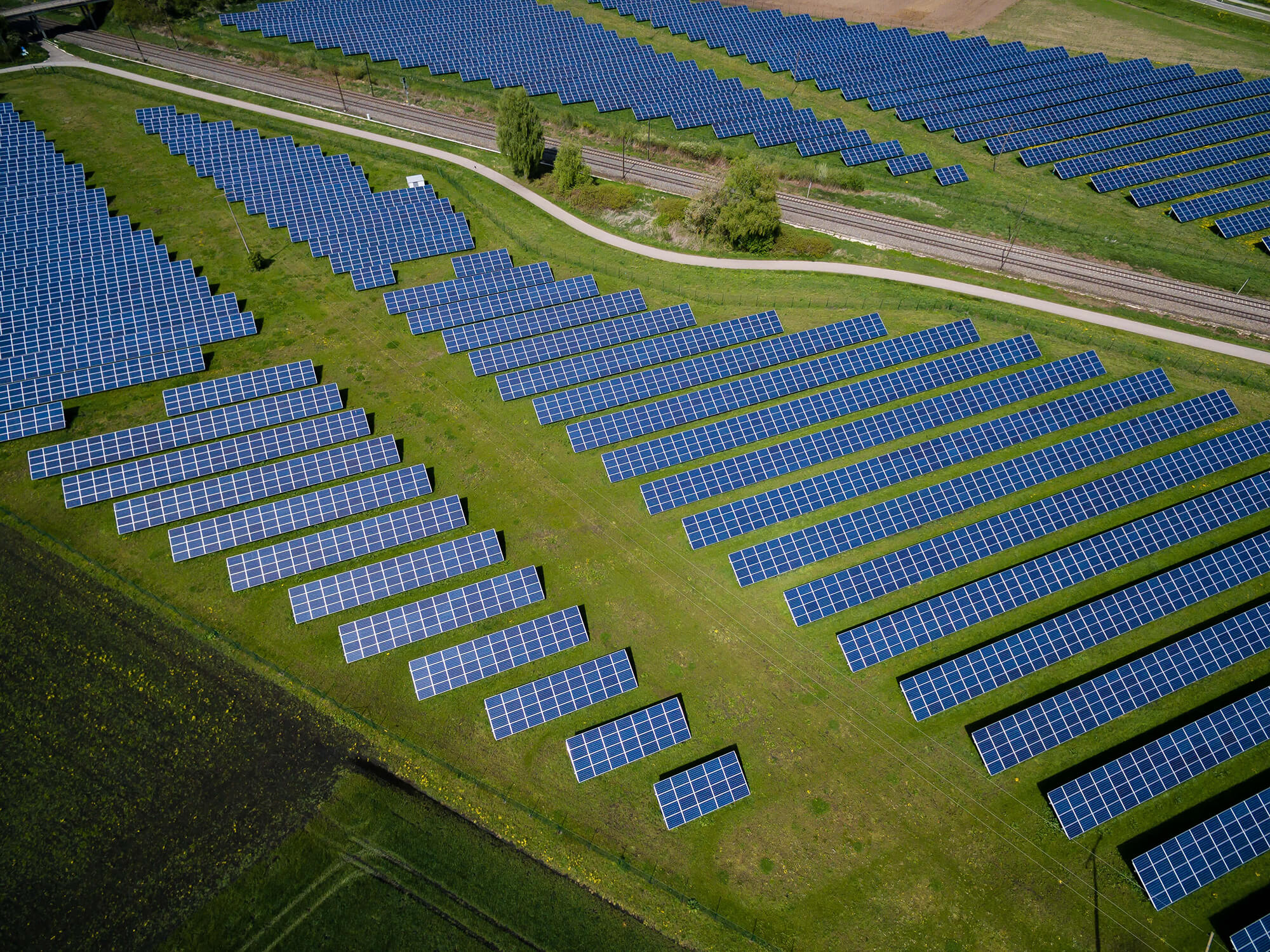In a previous article it was discussed why it currently would not be worthwhile going off grid based on the cost of an off grid system. This article examines when it is likely to become viable.
The simple answer is in the next 5-10 years.
To examine this more closely we use a measure called the Levelised Cost of Electricity. This looks at the cost of electricity per kWh. Previously it was established that a typical Australian home with a daily average use of 16 kWh would require a $29,000 system to power the home for 7-8 years before the batteries needed replacing.
So total number of units used over 8 years would be; 16 kWh/day x 365 days per year x 8 years = 46720 kWh
Take $29,000/46720 kWh = $0.62/kWh which is about $0.40 more than most Australians pay at the moment.
This means that to become viable an off grid system should either last longer (in this case 22 years) or become cheaper (approximately $10,000). What is likely to happen is a combination of the two.
The current standard battery type has been for a significant number of years the Lead Acid Battery. This is a mature technology meaning that it is unlikely to get much better from a cost of performance stand point.
So what is most likely to replace it?
At the residential level the most likely candidate at the moment is lithium ion batteries although there are other battery types being developed alongside it such as new sodium nickel chloride batteries. Whilst more expensive at the moment these batteries have a lot of potential ahead of them to make them both perform better and cost less than lead acid batteries.
Additionally, research for battery storage is undergoing a similar boom to what PV Solar Panels experienced in the 2000’s which saw dramatic price decreases over a very short time which brought the solar boom we have seen from 2009 onwards. From this we can infer that in the next 5 – 10 years we’ll be seeing better, more efficient (and therefore smaller) battery systems at much cheaper prices.










